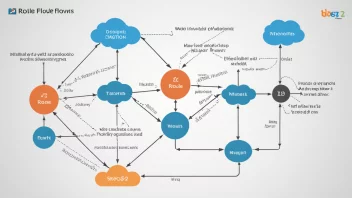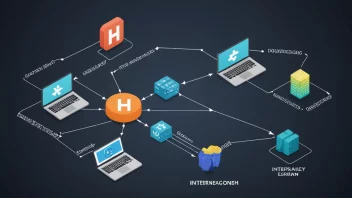In an increasingly digital world, where data breaches and cyberattacks have become alarmingly common, understanding the risks associated with social engineering attacks is critical for individuals and organizations alike. Social engineering refers to the psychological manipulation of people into divulging confidential information or performing actions that compromise security. This article delves into the essential aspects of social engineering, providing insights into its various forms, how it operates, and effective strategies to mitigate associated risks.
1. What is Social Engineering?
Social engineering encompasses a range of malicious activities that leverage human psychology rather than technical hacking techniques. Unlike traditional hacking, which relies on exploiting software vulnerabilities, social engineering focuses on tricking individuals into providing sensitive information. Common tactics include:
- Phishing: Sending fraudulent messages that appear to come from reputable sources to steal personal data.
- Pretexting: Creating a fabricated scenario to obtain personal information from the target.
- Baiting: Offering something enticing to lure victims into a trap.
2. The Psychology Behind Social Engineering
Understanding the psychological principles that underpin social engineering is crucial for recognizing and combating these attacks. Attackers often exploit various psychological triggers, such as:
- Fear: Creating a sense of urgency encourages victims to act quickly without thinking critically.
- Trust: Impersonating authority figures or familiar contacts to gain trust.
- Curiosity: Intriguing messages can compel individuals to engage without fully considering the risks.
3. Common Tactics Used in Social Engineering Attacks
Social engineering attacks can take many forms, making it essential to be aware of the tactics employed by attackers. Some prevalent methods include:
- Phishing Emails: These emails often contain links to fake websites designed to steal login credentials.
- Phone Scams: Attackers may call victims, impersonating legitimate organizations to extract sensitive data.
- Social Media Exploitation: Attackers may gather personal information from social media profiles to craft convincing attacks.
4. The Importance of Training and Awareness
One of the most effective defenses against social engineering attacks is education. Organizations should implement regular training programs that cover:
- Recognizing Phishing Attempts: Training employees to identify suspicious emails and links.
- Reporting Protocols: Establishing clear procedures for reporting suspected social engineering attempts.
- Simulated Attacks: Conducting mock attacks to test employee responses and reinforce learning.
5. Implementing Security Measures
Beyond training, organizations must adopt robust security measures to safeguard against social engineering threats. Key strategies include:
- Multi-Factor Authentication: Adding an extra layer of security makes it harder for attackers to access accounts.
- Regular Updates: Keeping software and security protocols current helps address vulnerabilities.
- Incident Response Plans: Establishing clear plans for responding to suspected social engineering attacks is vital for minimizing damage.
In conclusion, the risks associated with social engineering attacks are real and multifaceted, requiring a proactive approach to mitigate potential threats. By understanding the nature of social engineering, recognizing its psychological underpinnings, and implementing effective training and security measures, individuals and organizations can significantly reduce their vulnerability to these deceptive tactics. Awareness and preparedness are key to fostering a more secure digital environment.






